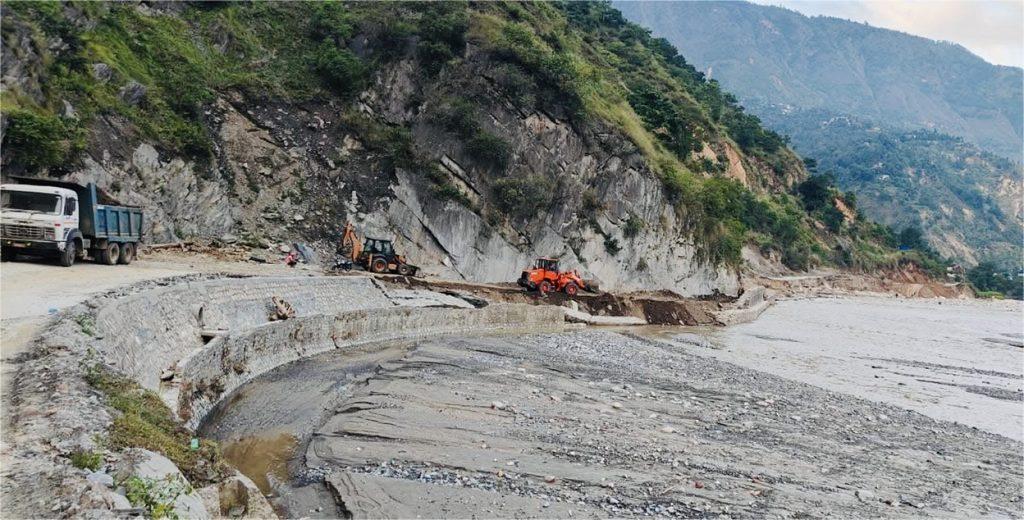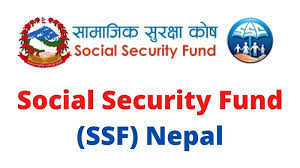Fund Resilience, Not Disasters: Building a Safer Future for Nepal
Nepal, a country blessed with natural beauty, is also highly vulnerable to natural disasters. From earthquakes and floods to landslides and storms, disasters strike frequently, causing loss of life, damage to property, and long-term economic setbacks. Yet, despite repeated tragedies, funding and planning often focus on post-disaster relief rather than prevention and resilience.
The Cost of Reactive Spending
Every time disaster hits, significant resources are allocated to emergency response, rebuilding, and rehabilitation. While this support is essential, reactive spending alone is not sustainable. For instance:
- Floods and landslides in monsoon seasons repeatedly damage roads, homes, and farmlands.
- Earthquake recovery programs require billions of rupees, yet the same areas remain vulnerable due to lack of proactive measures.
The economic and social costs are high, affecting not just infrastructure but also livelihoods, education, and health.
Shifting the Focus to Resilience
Experts argue that Nepal must invest in disaster resilience rather than only disaster response. This involves:
- Strengthening infrastructure: Building roads, bridges, and buildings that can withstand natural hazards.
- Community preparedness: Training local communities in emergency planning, evacuation, and first aid.
- Early warning systems: Expanding weather forecasting and landslide alert systems to minimize risks.
- Sustainable land management: Preventing deforestation and promoting proper urban planning to reduce disaster impact.
Benefits of Resilience Investment
Funding resilience has long-term benefits:
- Lives saved: Prepared communities and safer infrastructure reduce casualties.
- Economic savings: Preventing damage is far cheaper than rebuilding after disasters.
- Sustainable development: Resilient systems ensure uninterrupted access to education, healthcare, and markets even during crises.
A Call to Action
Nepal’s government, civil society, and international partners must prioritize resilience funding. Policies should focus on prevention, preparedness, and community engagement, making disaster management proactive rather than reactive.
Every rupee invested in resilience is an investment in safety, security, and sustainable development. By building a culture of preparedness and strengthening our systems, Nepal can transform vulnerability into strength and ensure a safer future for all its citizens.
Conclusion: Disasters may be unavoidable, but their impact is not. By funding resilience instead of just relief, Nepal can protect lives, preserve resources, and move toward a more secure, sustainable, and disaster-ready nation.
Share this content:











Post Comment